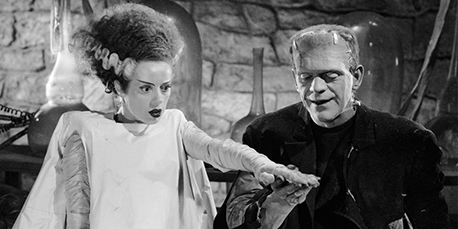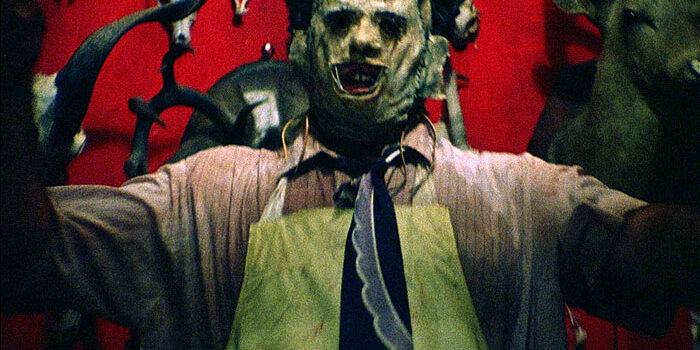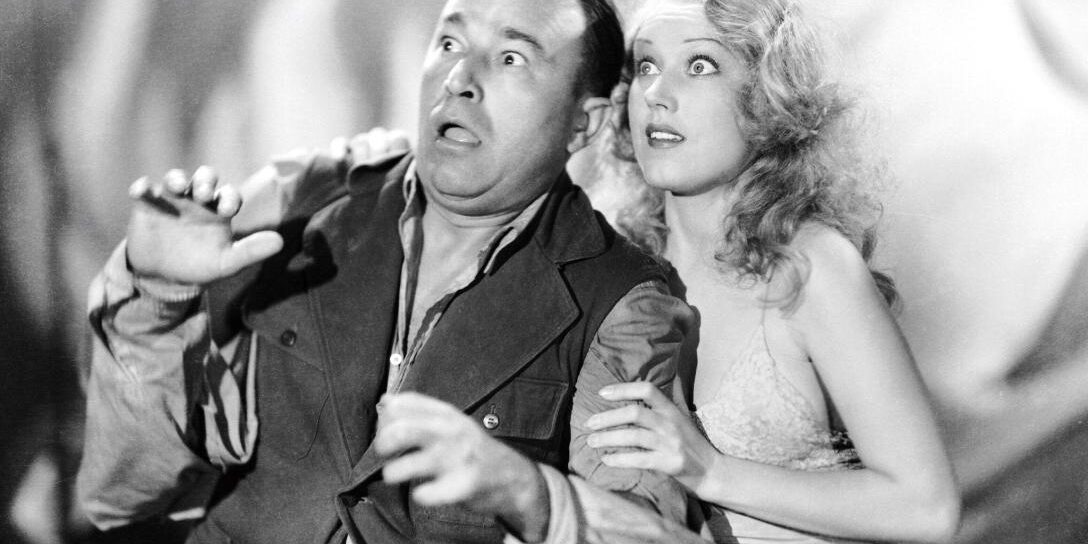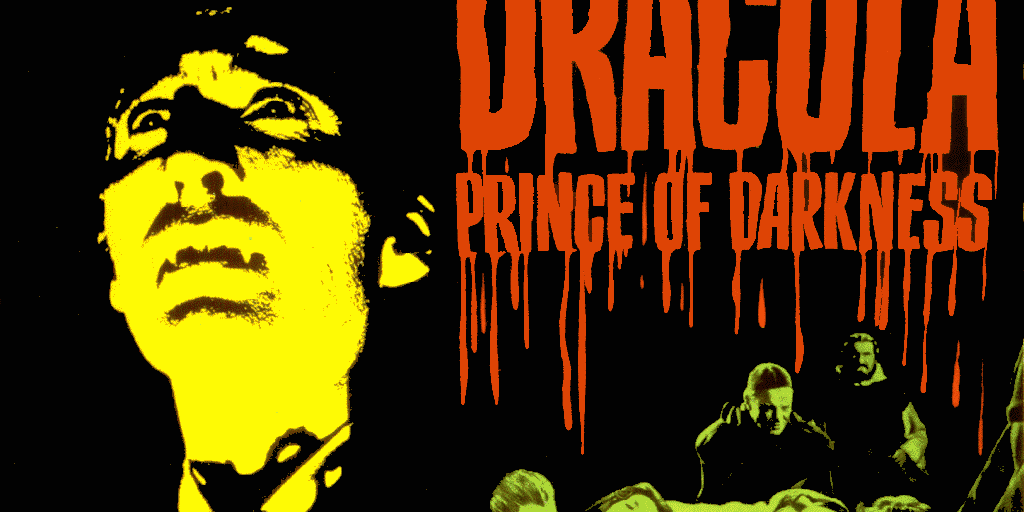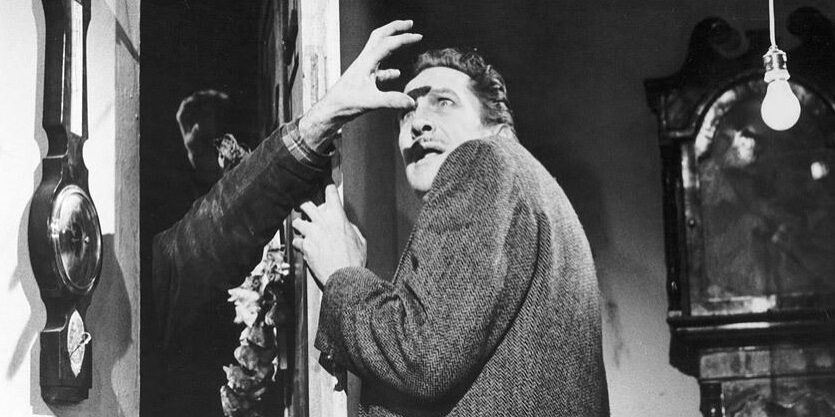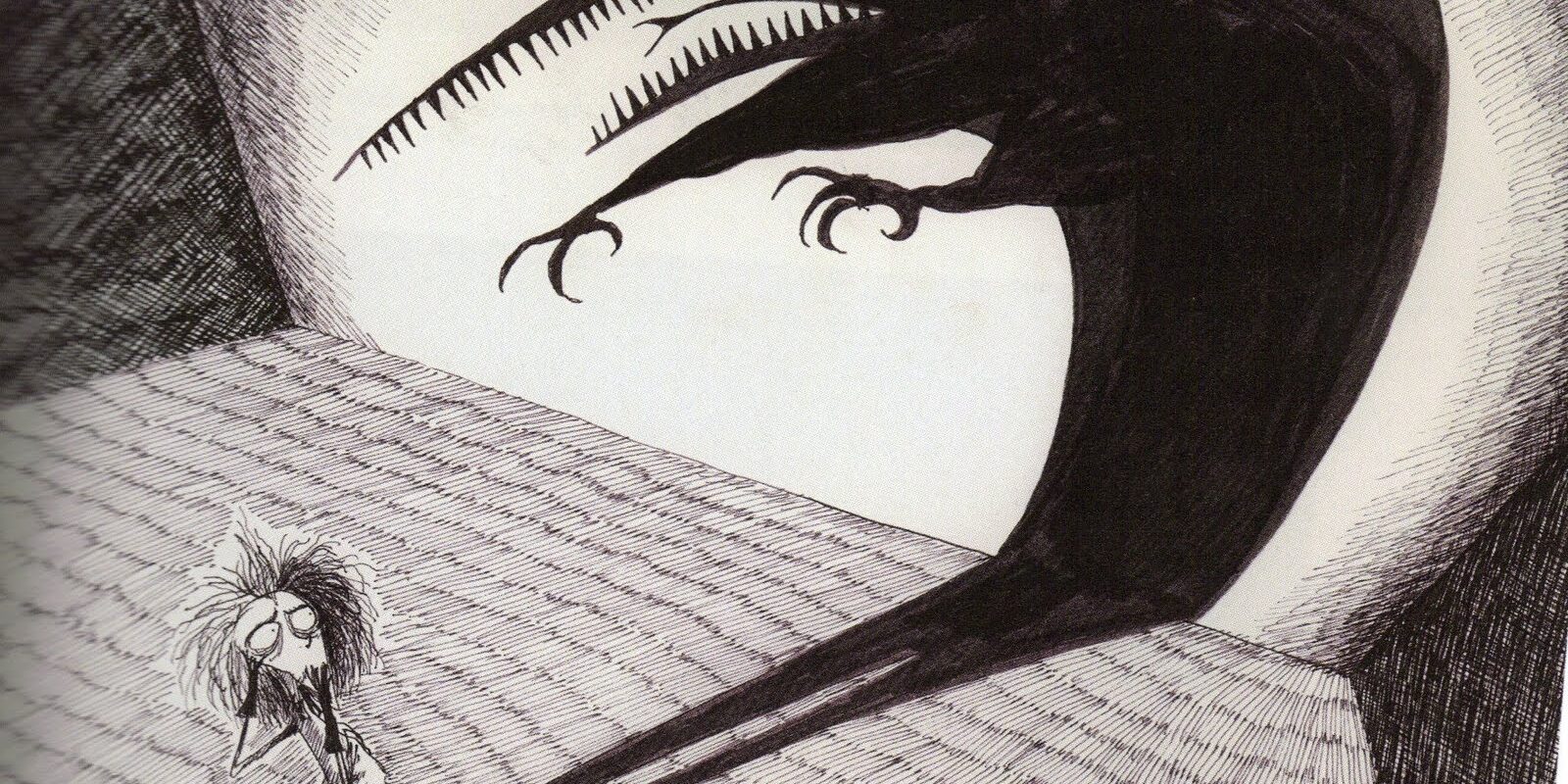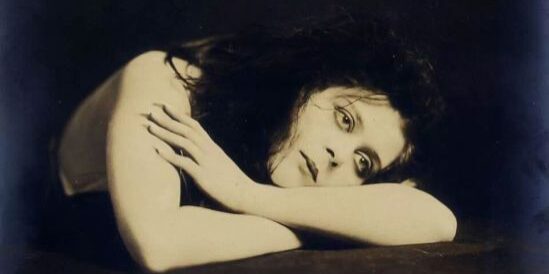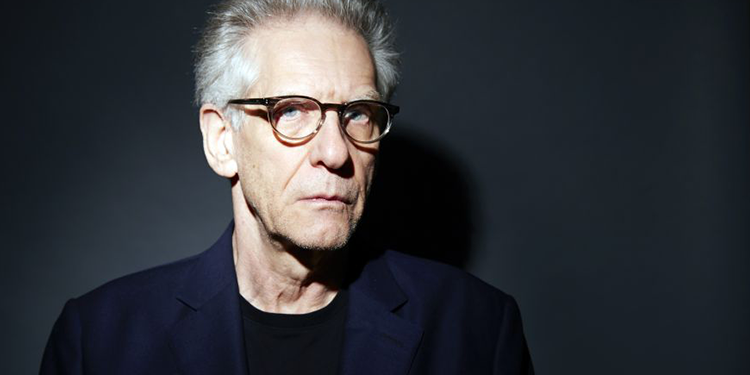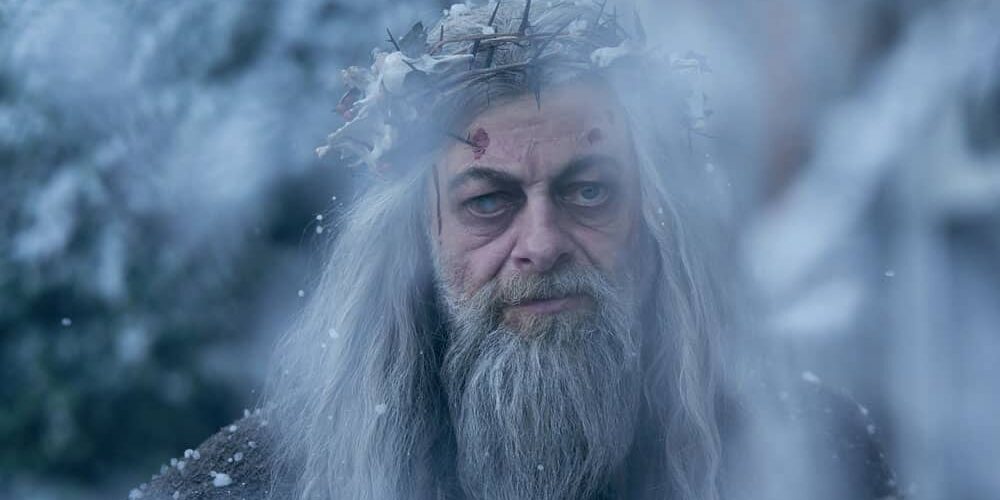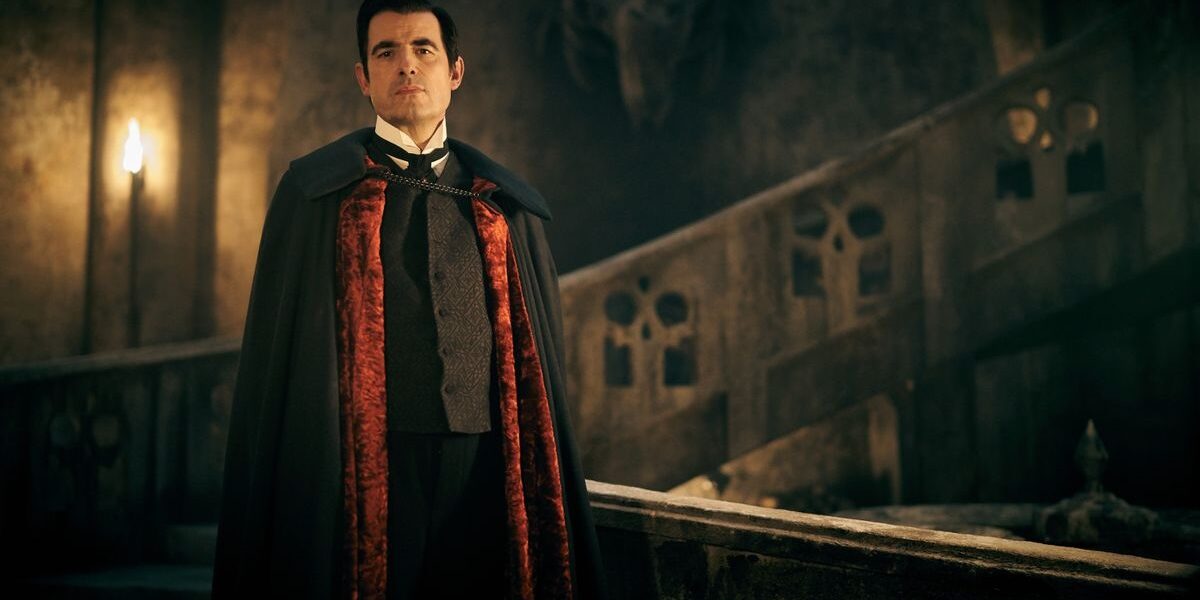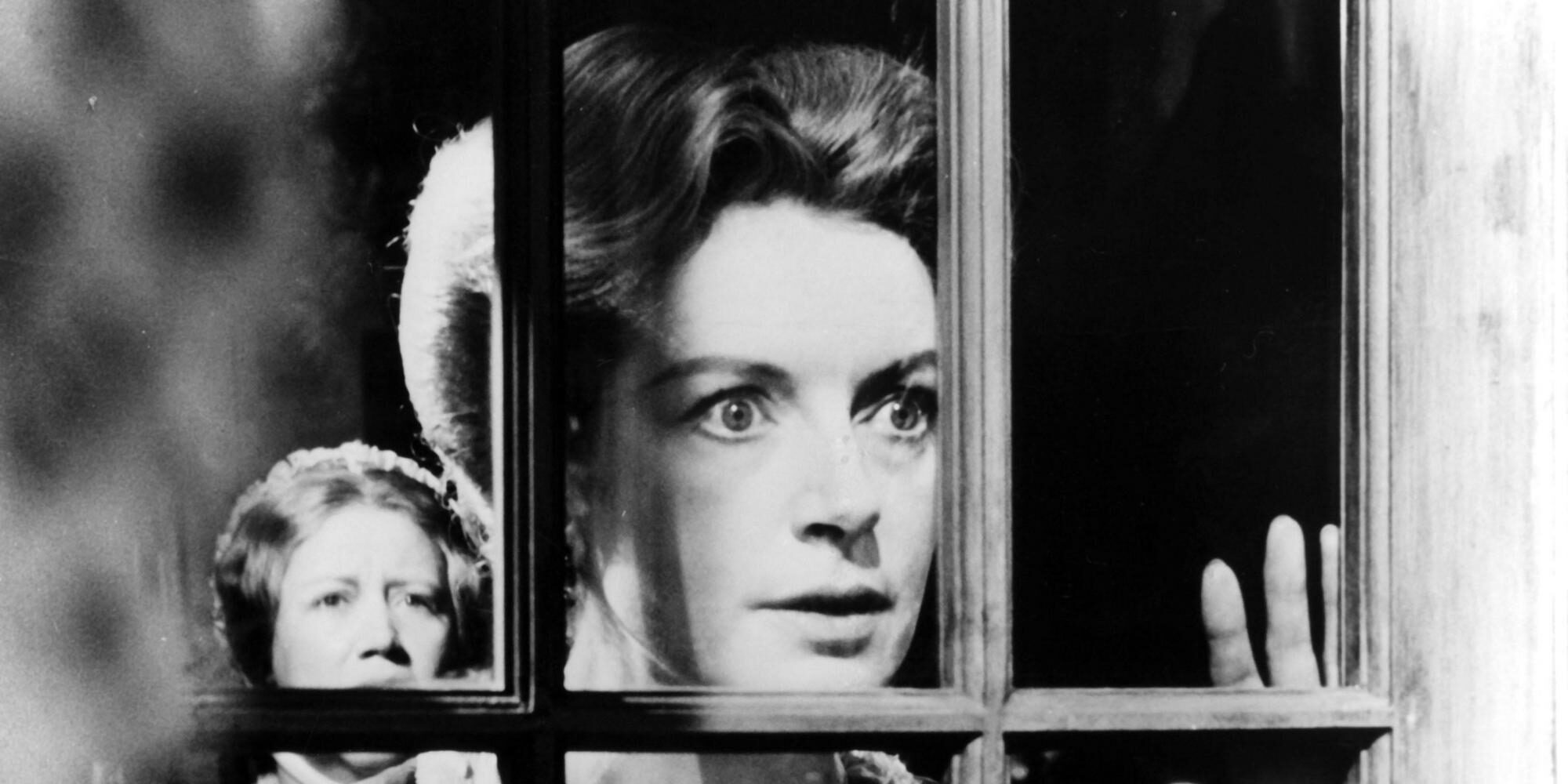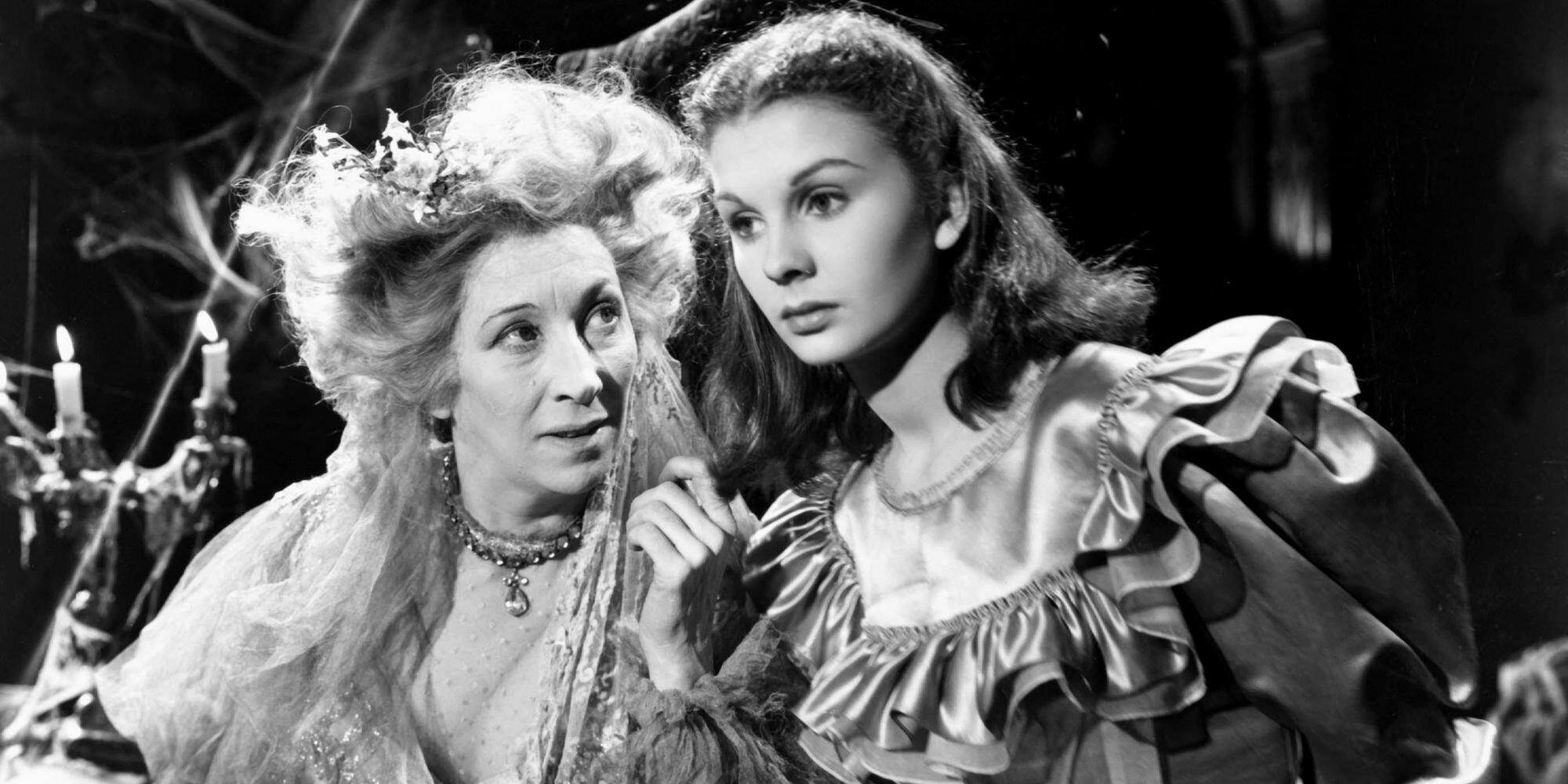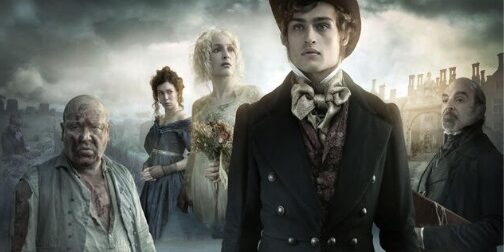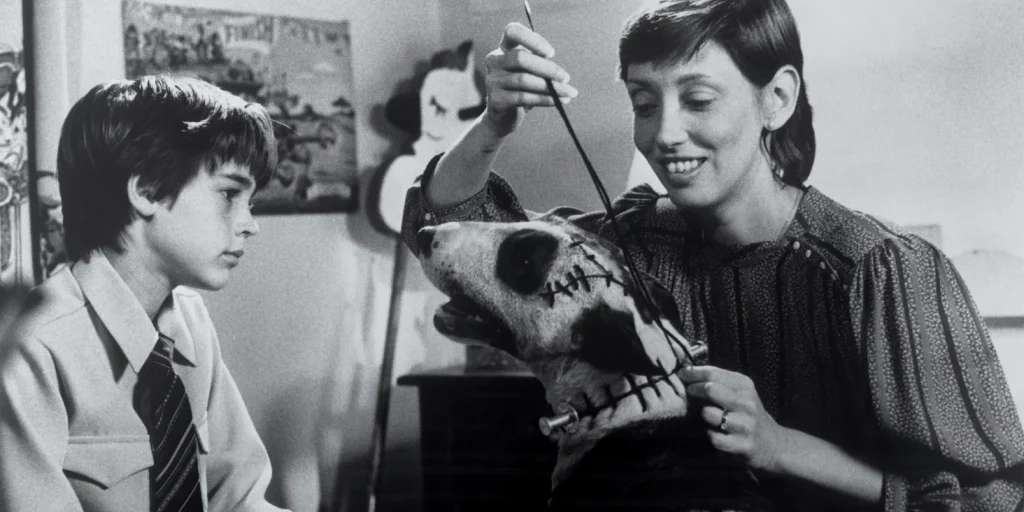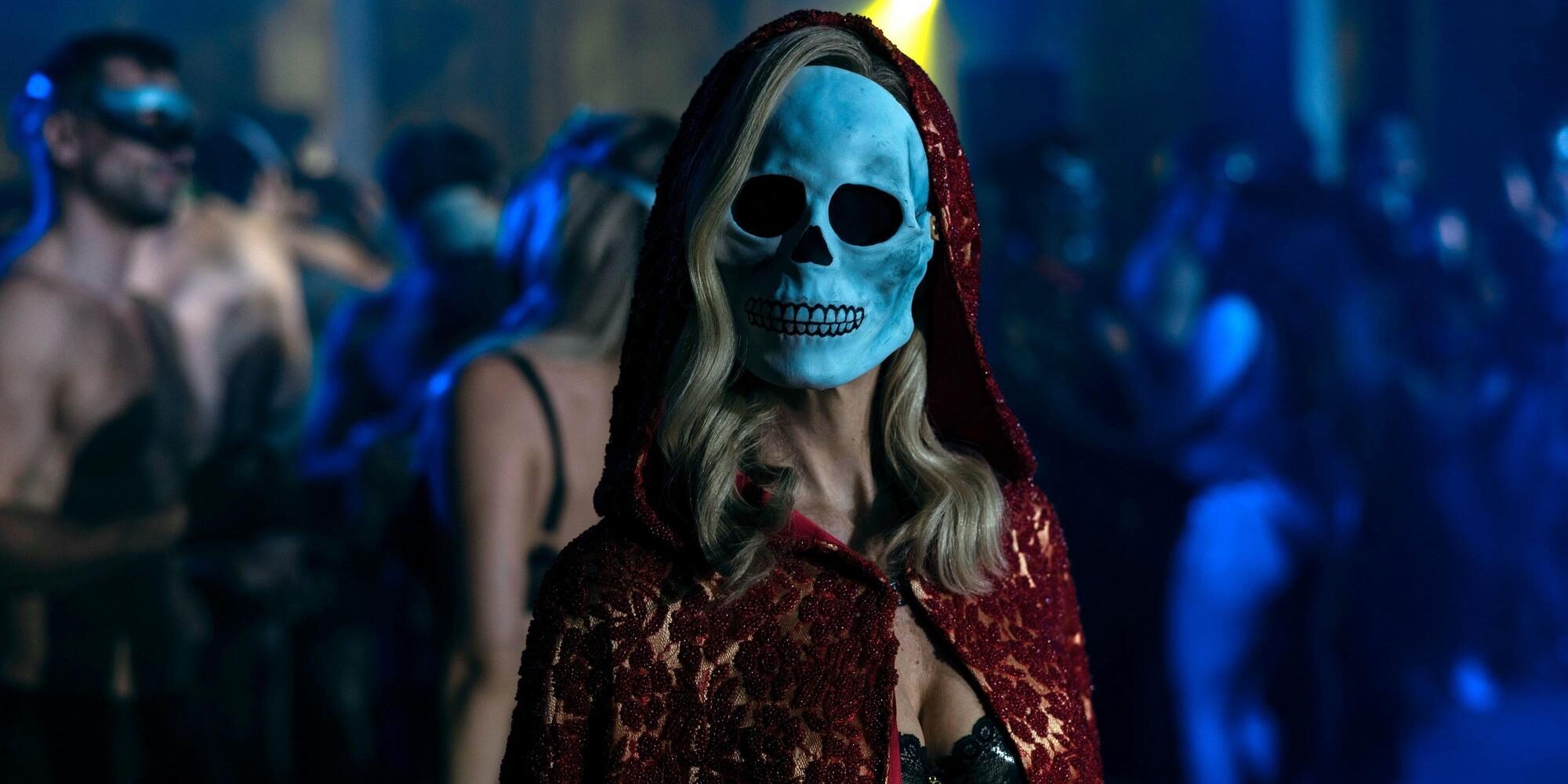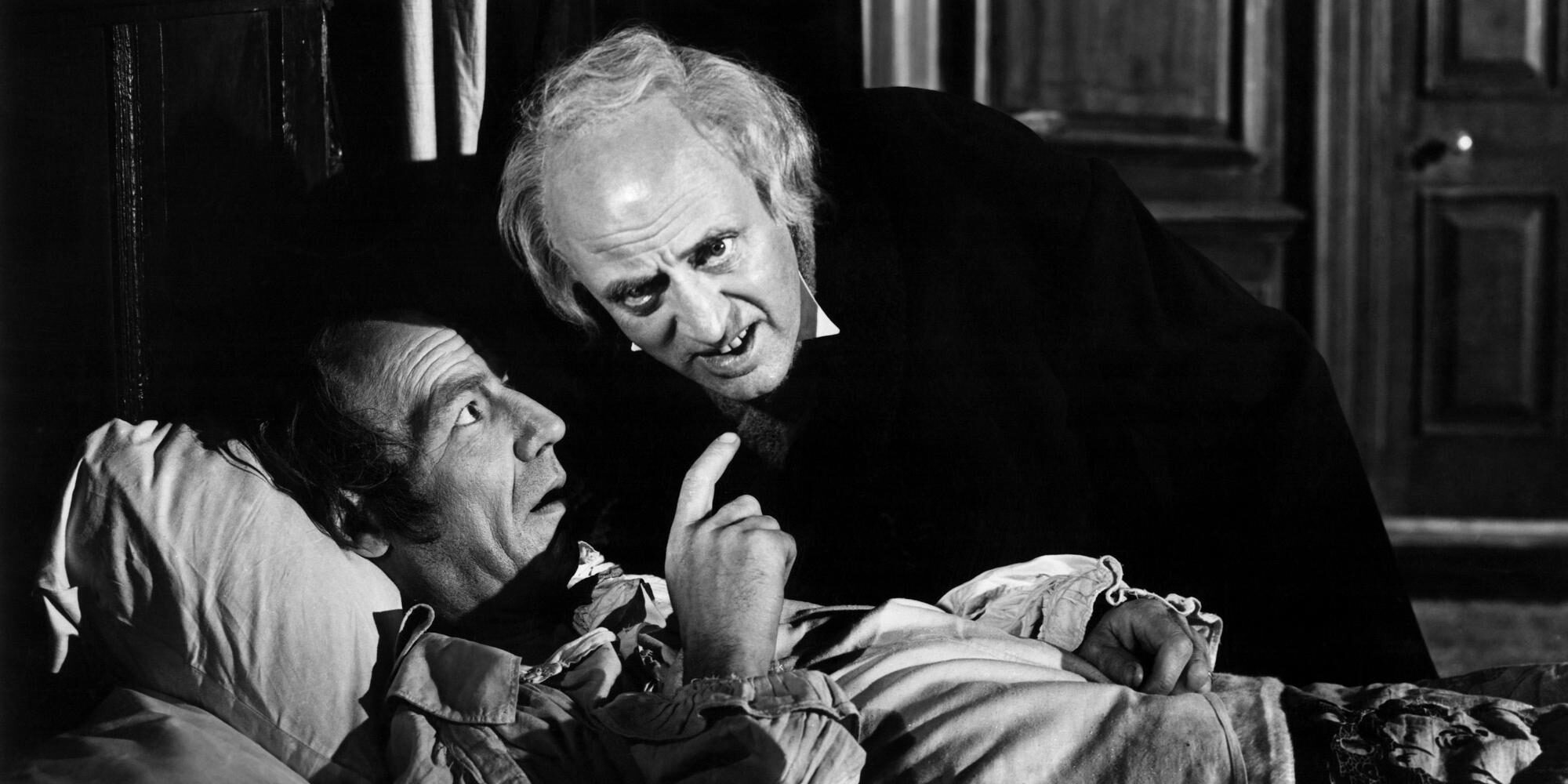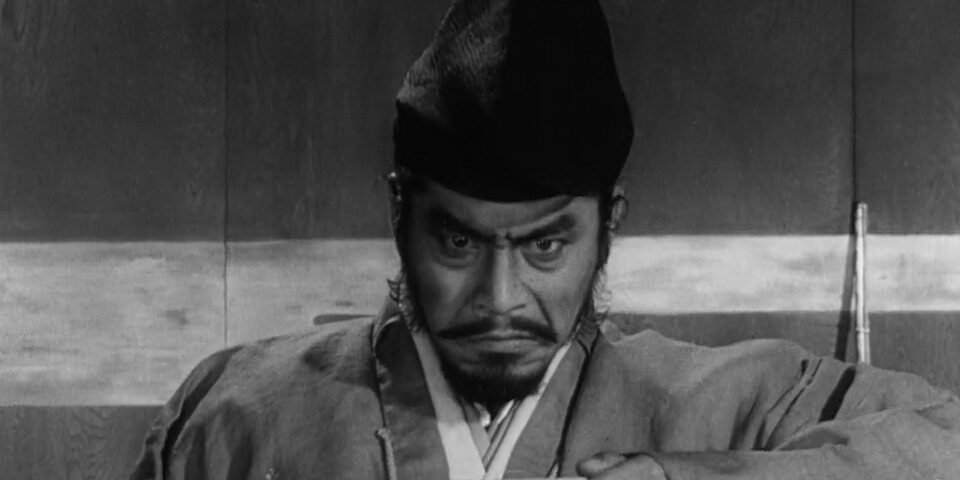Gothic Film: A Brief History
Gothic films are at once very easy and very difficult to categorise. Within the wider context of the “horror” genre, gothic films are linked directly to the literary gothic of the eighteenth and nineteenth centuries, often adapting the original novels – for example: F.W. Murnau’s Nosferatu (Germany, 1922), Tod Browning’s Dracula ...
The Saw is Family
I can certainly still remember my first time. It was a grainy VHS transfer from a US copy, procured under the counter in 1984 from the same guy who sold me I Spit on Your Grave, A Clockwork Orange, and Dawn of the Mummy, films you can now routinely see on television but possession of which back then could get you arrested ...
Monster Movies
‘Monster movie’ is a colloquial term for a sub-genre within horror, science fiction and fantasy film characterised by the threat of something large and frightening (or a bunch of small ones). Although most traditional horror antagonists are, technically, monsters, the designation is usually limited to oversized but essentially dumb ...
The House of Hammer
Hammer was a small, family-run British film production company that once dominated the global horror market and remains hugely influential. Hammer resurrected the gothic icons discarded by Hollywood after the war in stylish, sexy and violent films that captured the essence of the original literary form, and functioned ...
Remembering Richard Matheson
Richard Matheson was a prolific novelist, short story and script writer responsible for some of the most iconic horror and science fiction, film and television produced in America after the Second World War - along with H.P. Lovecraft and Stephen King, he is probably the most significant and influential horror writer of the twentieth century.
Tim Burton's Vincent
The history of Gothic film can be read in Dark Shadows, as it can in all of Burton’s work, referenced, reproduced, and refined as the codes of the literary and cinematic Gothic are combined with surprising childhood sources, so that Edgar Allan Poe meets Dr. Seuss, and slamming the Rankin/Bass seasonal television special into ...
Theda Bara's Autograph
Bara exists as a static image; multiply photographed, she is more like a famous model than the great actress she undoubtedly was, the best of her performances as lost to us as those of any other Victorian stage performer. She was in many ways the first twentieth century sex symbol, her image crafted by Hollywood publicists ...
An Artist is Meant to be Extreme
David Cronenberg has said that his original purpose was to ‘show the unshowable’ and ‘to speak the unspeakable.' His films are not violent to shock, but because the process of life is violent – his more recent (non-genre) work therefore continues to force us to look.
A Christmas Carol (BBC 2019) Review
From the opening scene, in which a young man urinates on the grave of Jacob Marley while snarling ‘Skinflint bastard’, it is clear that Knight intends to take this well-worn classic out of a whole new door, in the most radical reimagining since Richard Donner’s Scrooged (1988), starring Bill Murray.
Dracula (BBC 2020) Review
Both these nineteenth century gothic novels have therefore been multiply adapted to the point of cliché. As with Stephen Knight’s recent revision of A Christmas Carol, the challenge for the writers is to retain the essence of the original, while bringing something genuinely new to the table; fresh blood, so to speak...
The Turn of the Screw, The Innocents, and The Haunting of Bly Manor
The Innocents is a scary film based on a scary book. The Turn of the Screw starts out as a notionally conventional Victorian ghost story, with the framing narration of old men at a club swapping spooky tales on Christmas Eve. One of them, Douglas, knows one that’s ‘beyond everything’. The unnamed narrator recalls that he asked, ‘For sheer terror?’ to which his friend replied, ‘For dreadful – dreadfulness.’
Filming Great Expectations Part 1 of 2
In anticipation of Stephen Knight's new BBC/FX adaptation of Great Expectations, here's the first part of a piece written for Wordsworth Editions about different film and TV versions through the years. This part is mostly about the 1946 David Lean film...
Filming Great Expectations Part 2 of 2
The second part of my Wordsworth article exploring the many films and costume TV dramas that followed David Lean in bringing Dickens' immortal 'coming-of-age' novel Great Expectations to the screen...
A Parent’s Guide to Halloween Films for Children
Believe it or not, my wife and I are reasonably responsible adults and have therefore had to come up with Halloween movies every year that suit the theme of the evening without being inappropriate to the age and emotional wellbeing of our child ... My hope is that by sharing our insights, experience, and recommendations, you might at least learn about a few hidden gems you can share with your kids without the concern that they will one day be explaining it to a psychiatrist.
The Fall of the House of Usher
Sixty-three years after Corman’s ground-breaking movie reinvented Poe and the American Gothic, Mike Flanagan has done it again with his remarkable reimagining of The Fall of the House of Usher for Netflix. And the critical and commercial response has been much the same as it was in 1960. You must have seen the headlines, the memes, and the clickbait. The Fall of the House of Usher has gone viral.
Filming 'A Christmas Carol'
As everyone loves this story, because I love this story, I recklessly thought it might be fun to explore some of the different film adaptations and Mr Scrooge’s evolution from page to stage. This is a journey that links Victorian thespian Edward Stirling and Dickens himself to the Muppets and the Captain of the Enterprise. I’m going to go out on a limb here and say that Dickens probably didn’t see any of this coming.
Throne of Blood - The Japanese Macbeth
Throne of Blood eschews the original Shakespeare in favour of dialogue appropriate to samurai (knights) and daimyōs (feudal lords) in the first part of the Edo period, early seventeenth century Japan. The screenwriters also looked to Japanese theatre, using many of the devices of Noh, a traditional form of dance and drama dating back to the fourteenth century or Muromachi period...
